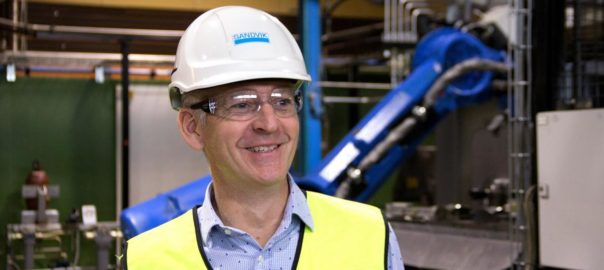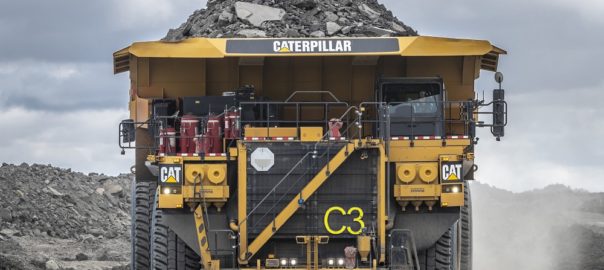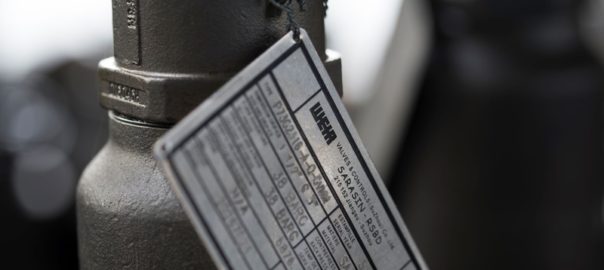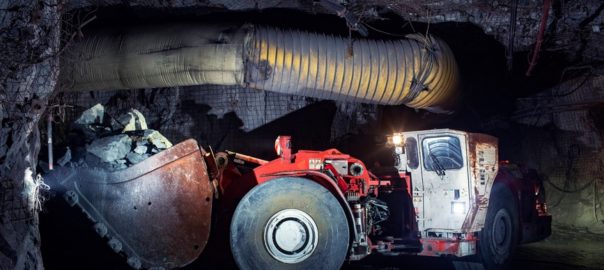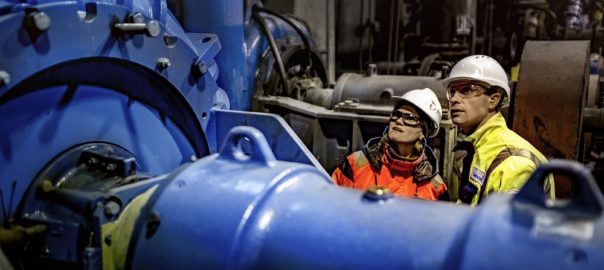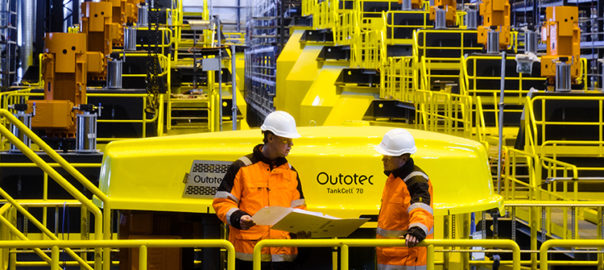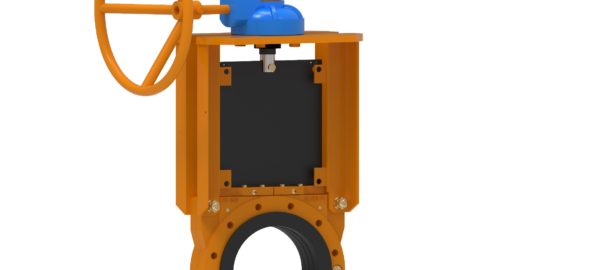Cat Mining Finance, the financing arm of leading mining OEM Caterpillar, says it sees increasing demand for tailored finance solutions from mining companies, with this flexibility often proving decisive when it comes to winning business.
Bob Bennes, Vice President with responsibility for Cat Mining Finance, revealed this when speaking to IM for an upcoming feature on equipment finance, rental and leasing (to be published in April).
Bennes said: “I would say we have seen the demand for tailored finance solutions increase.
“Our mission is to help customers, dealers and Caterpillar succeed through financial services solutions. A lot of mining companies have learned that Cat Financial has a specialised mining finance group which understands the industry and can leverage various offerings to meet customer needs.
“For example, providing corporate finance solutions, new and used equipment financing, project finance facilities in certain instances, extended warranty solutions, and financing to support certified rebuilds.”
He said Cat Mining Finance’s strong integration with the equipment and dealership side of the wider group was also appreciated by mining companies when it came to financing and delivering the equipment they required.
“It is a great advantage that we offer a total solution to customers. We are able to work seamlessly with Caterpillar and the dealers to get a transaction closed. It demonstrates to our customers that we have risk alongside them in their business in support of Caterpillar equipment over the long term,” he said.
“However, it goes even further than equipment and financing. Post close, customer support across the Caterpillar enterprise is critical and helps provide varying levels of maintenance and repair support depending on the mine’s requirements. The financing and support after the sale are important to winning business in the mining industry.”
In terms of where demand for mining equipment financing is coming from, Bennes said the market was “constantly fluctuating”.
“When a new mine is going into production, they’re usually committing to buying an entire fleet, so in some years that’s a bigger portion of the business than other years. The same goes for mining contractors when they win a new bid that requires an updated or expanded fleet.
“Generally, about 15-25% of Cat Mining Equipment sales are related to greenfield/brownfield projects with the remainder being expansions of existing mines as well as replacement business.
“This can vary widely based on commodity prices and the point in the cycle, with greenfield/brownfield projects representing a bigger opportunity during periods of high commodity prices,” Bennes said.
“Rental/lease companies would be in the 1-5% range while contractors can be a higher portion of the market in some countries, such as in Australia and Indonesia.”
Bennes also thinks that mining companies and the investors that back them have become a lot more aware of the benefits of employing a solutions provider like Caterpillar when it comes to keeping mine sites operating to their potential.
“Mining companies and their shareholders are used to making long-term investment decisions that have long payback periods. They understand the value of examining the total cost of ownership over the entire life of the mine including planned M&R and rebuild,” he said.
“Price is important, but losses from unexpected downtime can be costly.”
Bennes concluded: “Caterpillar’s global dealership network is designed to provide premium mine site guidance, service and support throughout a mine’s life.”








